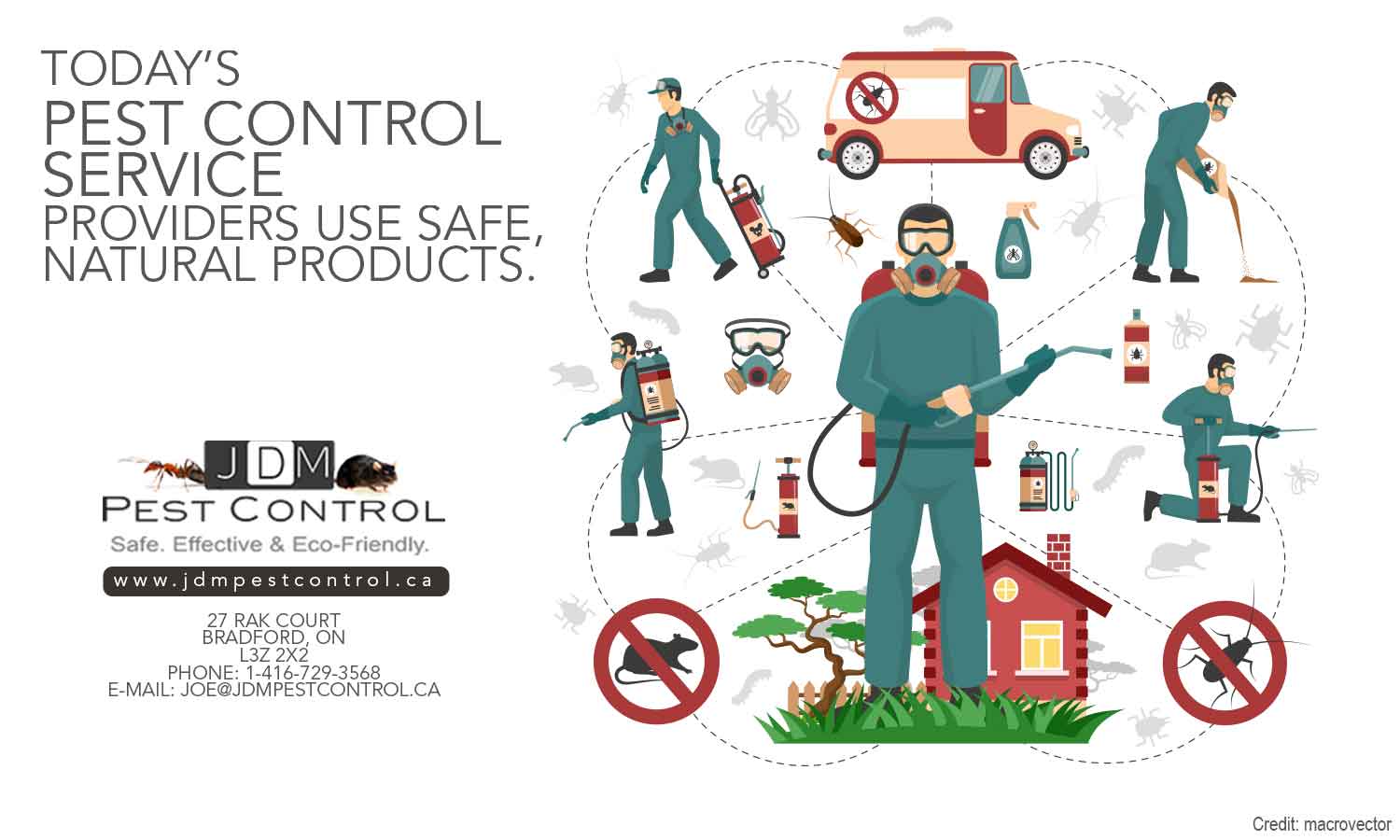Many homeowners wonder whether it is safe to stay in the house or leave for a while after pest control treatment. Fortunately, there is no need for you to leave your house due to pest control. Today’s pest control companies have ditched toxic chemicals and switched to safe and natural alternatives to keep your abode pest-free.
Modern pest control sprays are safe to use for both indoors and outdoors, so there is no reason to leave your home. However, the technicians will ask you to wait for about 15 minutes to let the treatment dry. It dries quickly and does not cause any serious issues or leave a residue. In case your children or pets come in contact with the wet product, simply wash their hands or paws thoroughly and keep it out of their mouths. Advanced pest control treatments are safe for your loved ones, yet extremely effective when it comes to eliminating rodents, bugs and insects for good.
Things to Expect from a Pest Control Service Visit

As a homeowner, you have many good reasons to keep pests from invading your home. Termites, for instance, can cause serious structural damage, while rodents can put you and your family at risk of serious health problems. That is why it is crucial to look for a trusted exterminator that offers a wide range of pest control services to ensure the safety of your home and family.
If you are not familiar with how pest control works, here are a few things you should expect from a pest control service visit:
-
Introduction
When pest control specialists visit your home, they should be dressed in a uniform and introduce themselves upon arrival. They will inspect the inside and outside of your home to identify the problem and determine the suspected access points. Do not hesitate to ask questions or let them know about your concerns.
-
Entry Point Inspection
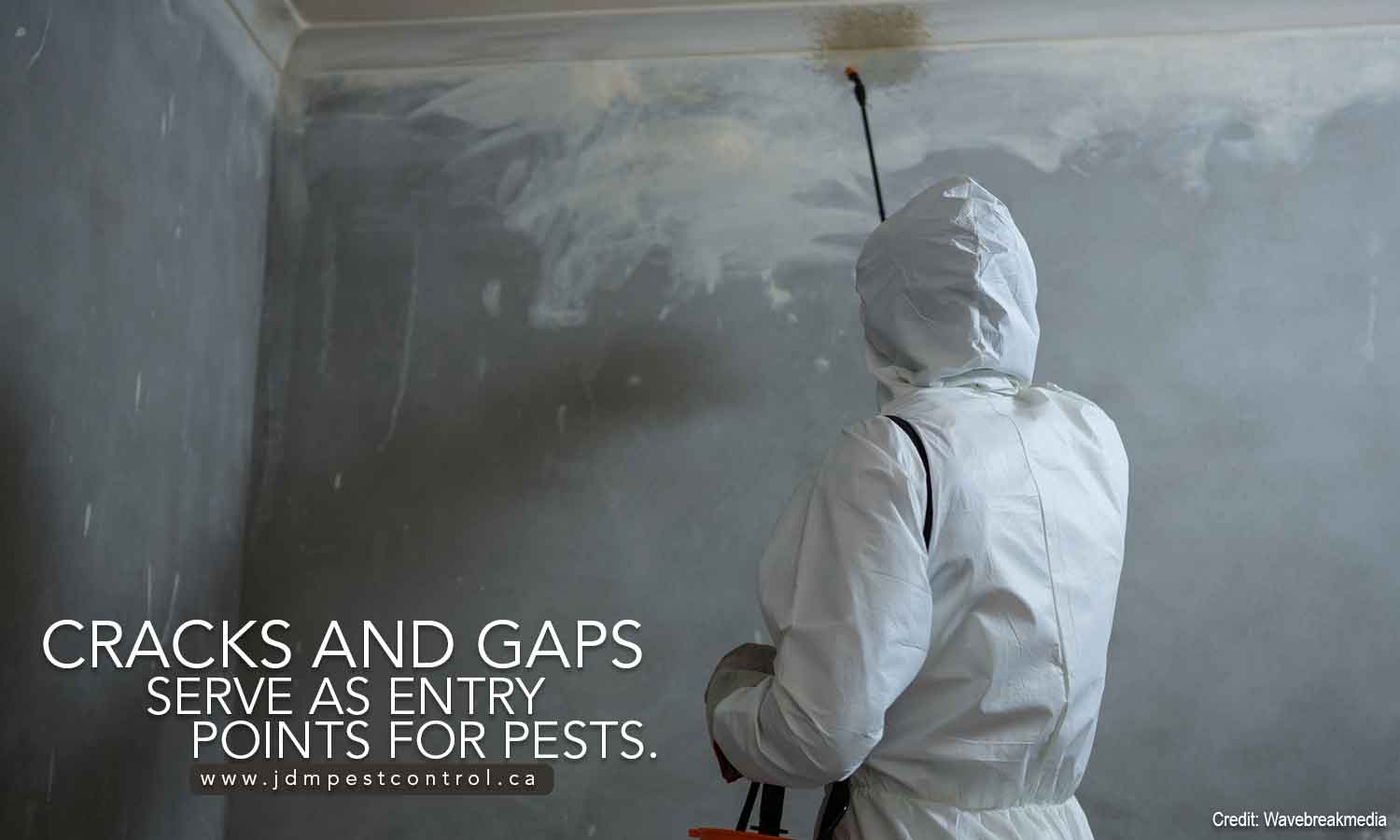
The exterminators will inspect all suspected entry points, including pipes, attics, crawlspaces, doors, and windows where rodents, insects, and bugs can enter the home. The inspection process may take some time because they will need to look for cracks and gaps that could allow pests to enter.
-
Yard Inspection
The pest control inspection also includes your yard and the rest of your property. Checking outdoor also help technicians find potential areas of concern and prevent future pest problems.
-
Moisture Check
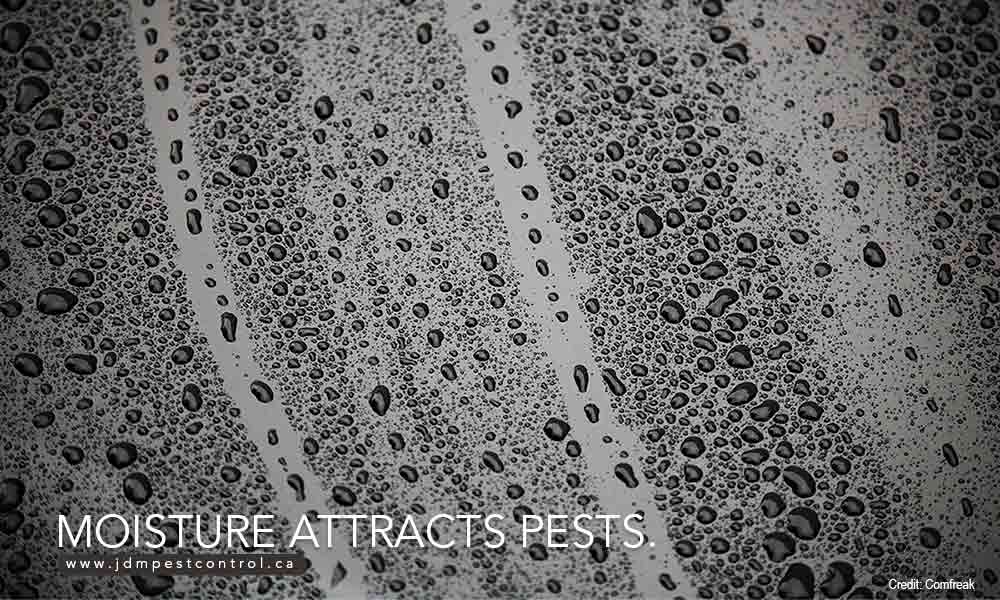
The exterminators will also look for moist areas in and around your home using flashlights and tools, like a moisture meter. Pests are attracted to and thrive in moist places
-
Review and Report
Some exterminators will record their findings so that they can easily go through it when explaining the process to you. Give them time to put all the important information together to create the right pest control treatment.
-
Discussion
After putting all the data together, the pest control specialist will discuss their findings, the approach to resolve the current problem and the prevention of future problems. This is a great time to voice your questions and concerns.
How to Prepare for Pest Control Treatment
Hiring a pest control company is the best solution to safely and effectively eliminate different types of house pests. While professional exterminators offer a variety of pest control services, you have to do your part to help ensure your home is free from unwanted guests.
Check these helpful tips to prepare your home for the pest control treatment.
Before pest control treatment:
- Access
Give the pest control technicians ease of access by clearing the corners of your home. This allows them to easily get into the corners where pests thrive. Also, removing the furniture and appliances protects them from potential chemical spills and sprays during the treatment.
- Clean
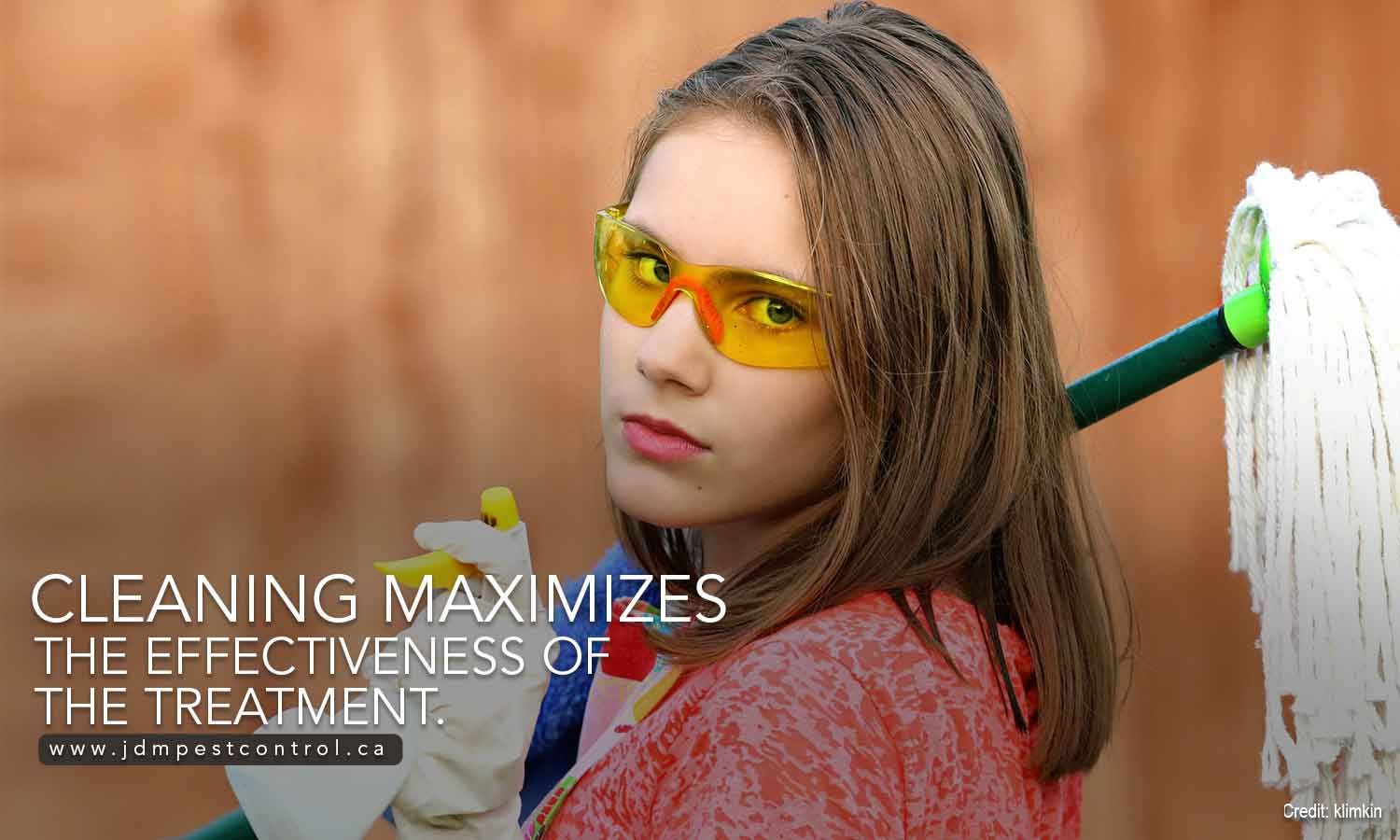
Mop the floor thoroughly before the treatment. This helps increase the adhesion and effectiveness of the treatment, ensuring long-term results.
- Clothes and Furniture
Wrap clothes, toys, toiletries, bed sheets, covers, pillows, cushions, mattresses, paintings, etc. with plastic and store them inside the cabinets. Use a wide sellotape to seal the gaps of the drawers and doors. Use plastic wrappings to cover chairs, tables, and sofas. Avoid using cloth sheets as chemicals can penetrate through them.
- Kitchen and Dining Area
Make sure to clear your countertops and store away plates, glasses, cups, utensils, cutlery, etc. in plastic storage containers, if possible. Kitchen cabinets need to be sprayed as they attract pests. Move small kitchen appliances, such as your microwave oven, from the kitchen. If it is not possible, simply unplug and cover them with plastic wrapping. Wrap your water filter’s outlet with plastic to avoid contamination. Store all food in thick plastic containers. You can store spices and chips inside your fridge.
- Pets
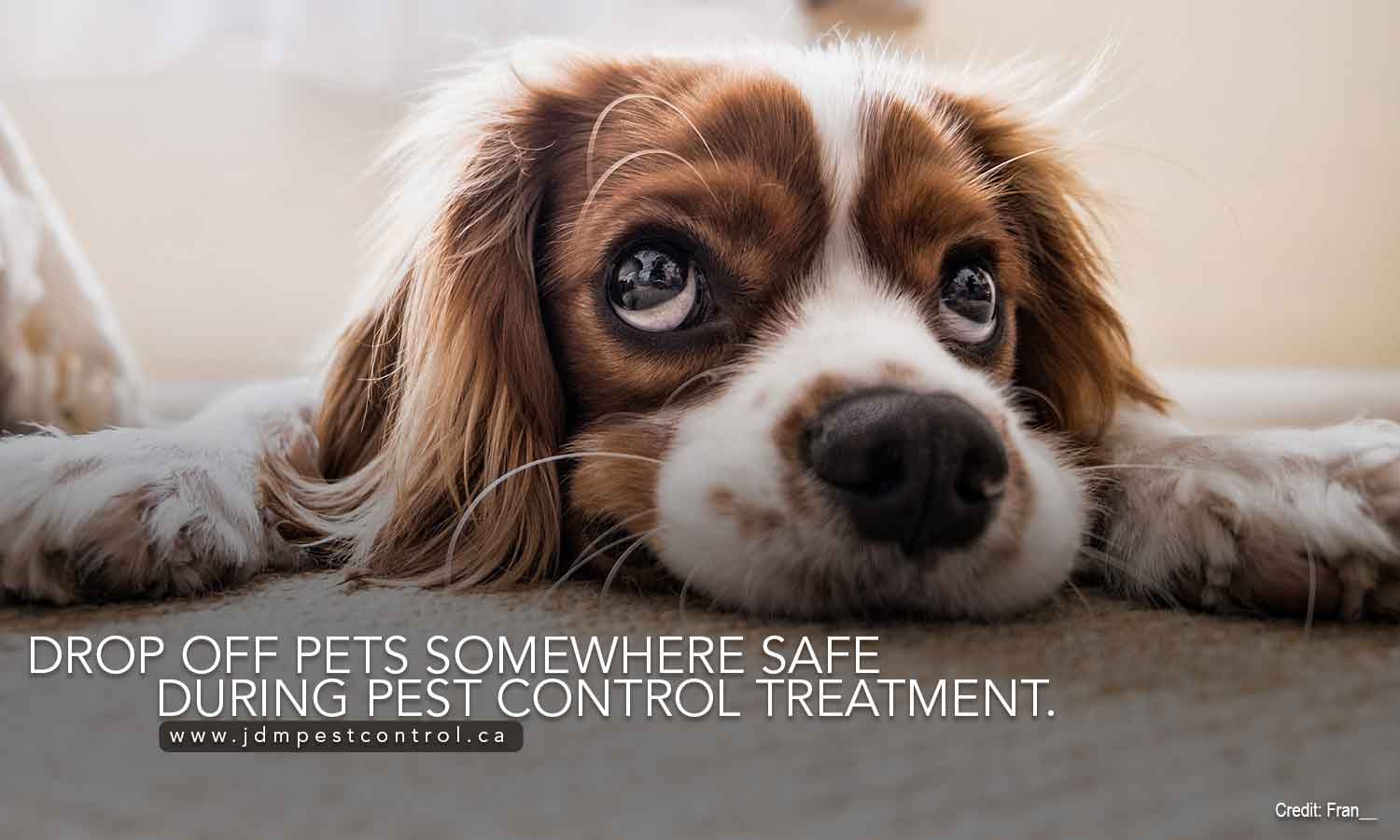
The pest control technicians often recommend dropping off your pets at your friend’s house during the pest control treatment. If you have an aquarium, make sure to cover it tightly with plastic. Feed the fishes with adequate food for the duration. Lastly, turn off the aquarium air pump to prevent it from sucking air-borne chemicals into the water.
- Bathroom
Your bathroom needs to be emptied completely if it will be sprayed. Replace your toothbrush, floss, shaving razors, soaps, and detergents after the treatment.
After Pest Control Treatment
- Wait
After the treatment, the exterminator will advise you to wait for a few minutes before heading back to your home.
- Do not Clean Immediately
Although the exterminator leaves no mess after the treatment, it is advisable not to sweep or mop your area. You will be told when to resume cleaning. Avoid deep cleaning for a week to maintain the effectiveness of the treatment.
- Do not Leave Paper Around
Many pests feed on paper. To prevent potential re-infestation, throw away wet paper, old newspapers and magazines, and grocery bags immediately.
- Protect Yourself
Wear a pair of disposable gloves when unwrapping objects. Although the pest control technician uses environment-friendly pest control products, it is still important to protect your skin from direct contact.
- Continue Checking for Pests
You will continue to find dead pests with diminishing frequency days after the treatment. Inspect pest-infested areas regularly and keep them clean. Make sure to throw away dead pests as they can attract other pests, resulting in re-infestation.
Today’s pest control companies use organic or natural treatments to safeguard the environment and the health of their clients. However, if someone is pregnant or is allergic in your household, inform the pest control technician beforehand. They should stay out of the area until your house is deemed safe.
If you have a pest problem in your home, JDM Pest Control is your safe, effective, and eco-friendly pest control solution in Vaughan and nearby areas. We maintain a good track record. That is why our team of well-trained professionals are dedicated to delivering high-quality and long-term results. Call us now at (416) 729-3568 for a free assessment and enjoy a $25 discount from our services.
